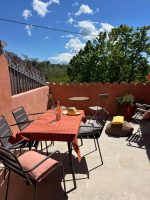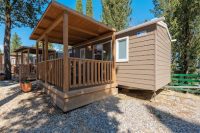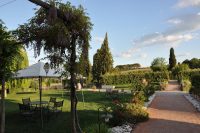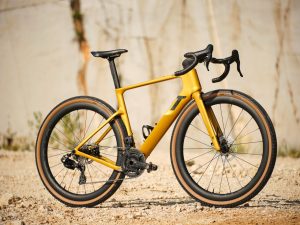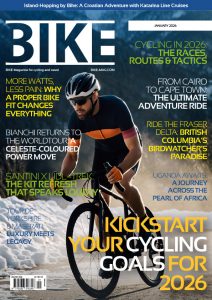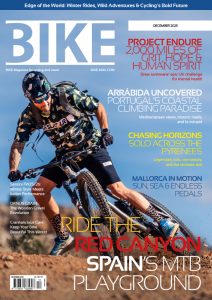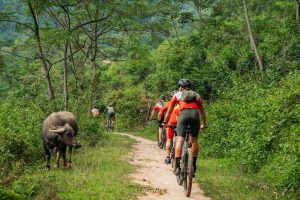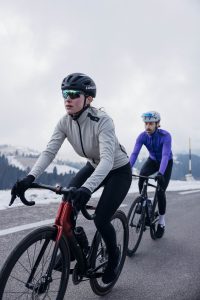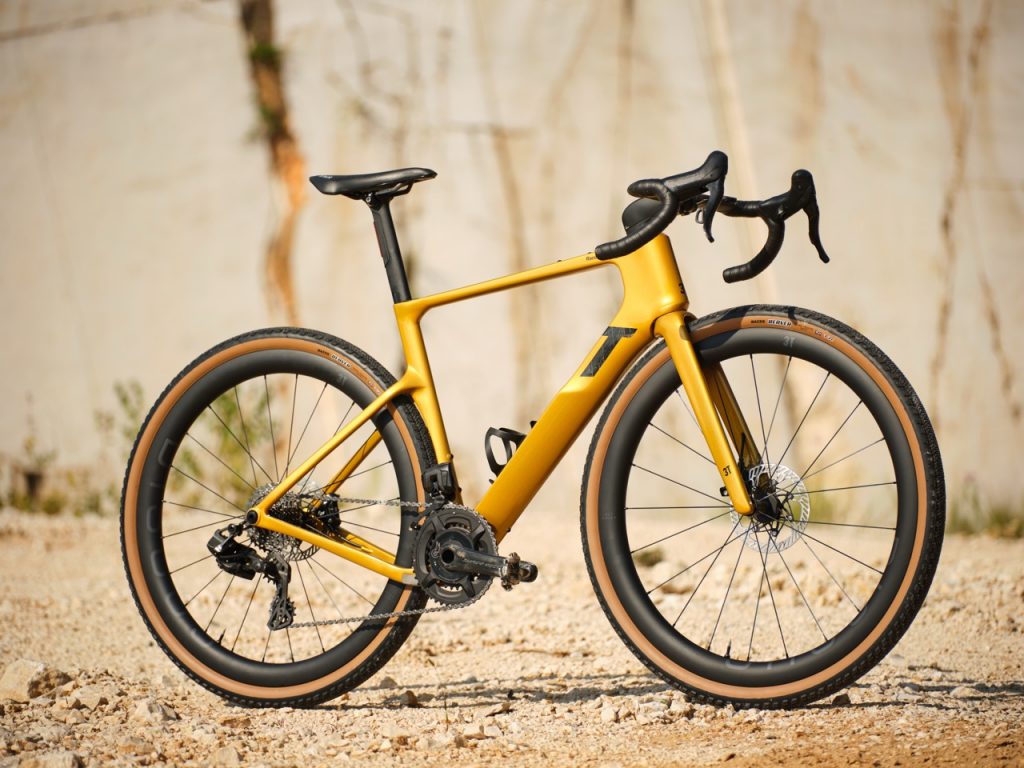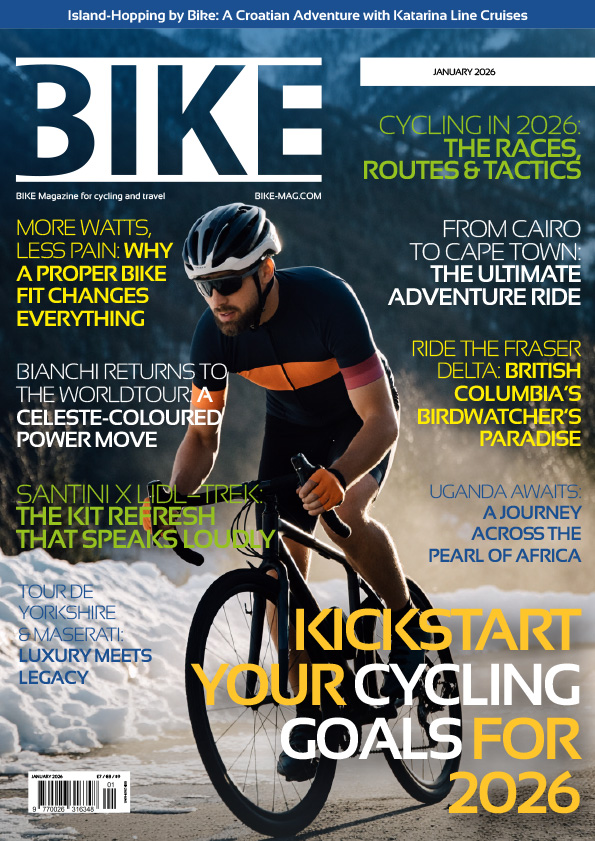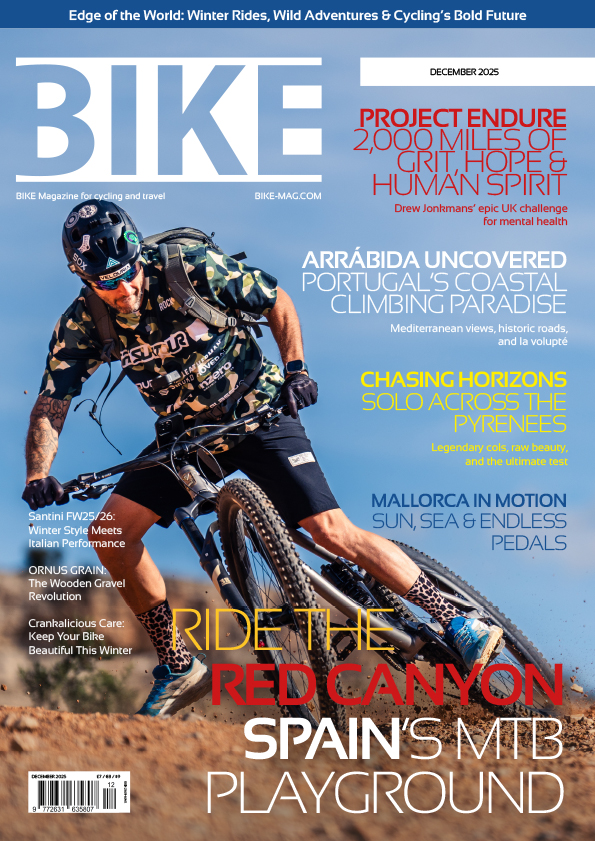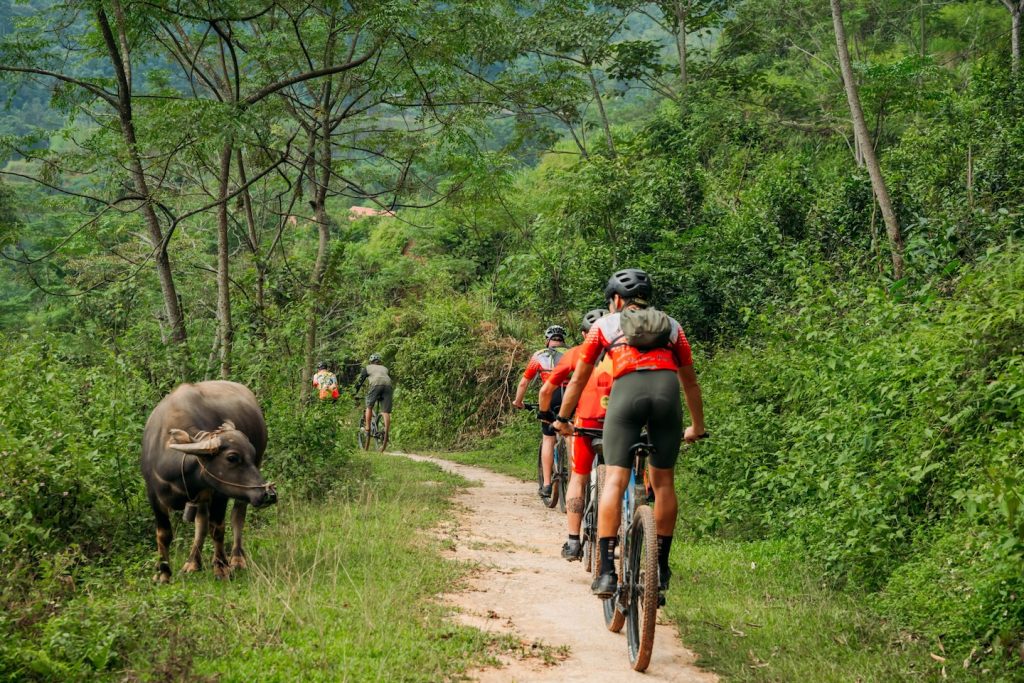Climbing Doesn’t Have to be Feared
Hill and mountain climbing are inevitably a cyclists’ nemesis and steep elevation can be incredibly taxing on the body, particularly if you are not used to tackling them on a regular basis.
Indeed, the only way to improve your stamina and overall technique is to keep increasing the severity of your climbs, but we’ve compiled a list to continue our training tips series, and reveal some of the small tweaks you can make during your rides which will help to improve the way you climb.
Sitting and Standing
While it may be tempting to jump out the saddle for that extra push, your climbing technique is actually best served by staying in a seated position.
Studies show standing is most efficient when gradients go above 10% – while standing on the pedals does help you deliver up to 30% more power and engage other leg muscle groups, this is best saved towards the end of the climb and in short bursts.
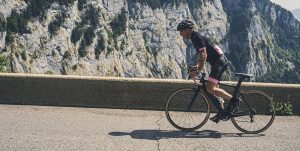
Sitting has been shown to be the optimal position to maximise your aerobic capacity, meaning you can keep a steady climbing pace for longer.
Positioning and Posture
Keep your shoulders squared and facing forward, as if you were attempting to balance glasses atop. Avoid dropping them from side-to-side; this will waste unnecessary energy and cause you to shift weight in a slaloming, uncontrollable fashion.
As well as this, keep your back straight and chest open, to allow for increased airflow into your lungs. Relax your arms so that your elbows are outside of your hips and relax your body down to your feet.

It is advised to release any unnecessary tension all the way through your upper body and your hands, which should be loosely gripping the bars. Having a relaxed body position will help with the mind-body connection, and aid in clearing your mind full of intrusive thoughts and only focusing on what is immediately ahead of you.
Pacing, Power Metres and Heart Rate
Although you may indeed be riding solo, do not get disheartened by fellow cyclists if you are riding in a group. Although they may be further ahead or overtake beside you, maintaining your own personal pace is absolutely essential if you stand any chance of making it towards the plateau.
Pacing using either a heart rate or power meter is the perfect way of ensuring your don’t go overboard in your efforts before the ride is done. The latter is essentially a consistent metric that can be used to set the intensity of training sessions, and when combined with time, measure training volume in an objective and repeatable way. This is great if you are progressively trying to improve your climbs, as you can identify how much power is needed to improve your timing.
https://www.youtube.com/watch?v=8ugzB6PDKKY
Have a look to see how heart rate monitors can translate to effective training zones analysis, which is a detailed picture of your overall performance.
Controlling the Bike
While we have primarily discussed what you can do physically to improve you climbing, it is also important to note the mechanical workings of your bike during elevation gain.
Ultimately the two things that keep you moving onwards and upwards are cadence (how quickly you pedal), and utilising the gears. Increasing speed can be achieved by either increasing your cadence, or shift into a heavier gear. They can both be altered to increase speed, but bigger gearing means more distance covered for one complete pedal.















